|
Following on from my previous blog - marshmallow, like mullein is another soft furry friend. It has recently come into flower at work, and it has become another favourite herb of mine. I have been a herbal gardener for a year now, and it has been a gratifying process watching the seasons change, and seeing their effects on the variety of herb growth cycles. In winter we chop marshmallow right down, their stems become almost woody and hollow, and they look very sad indeed. In spring the new stems start to come out again forming little green stumps, and in summer it seems all of a sudden they shoot up high, and their beautiful white and purple flowers burst open. The bees love it! Marshmallow overview & medicinal uses...Name: Althea officinalis Family: Malvacae Parts used: Leaves, root, and flower (edible) Random facts:
Habitat and cultivation: Marshmallow loves full sun and is not suitable for growing indoors. The flowers once bloomed form seed pods which can be collected and sown the following spring. The plant can also be dug up in autumn and root cuttings can be taken and divided. Like mullein, it is best to harvest from its 2nd year - particularly the roots. Scrub off all mud, chop up into thin discs, and leave to dry until you can no longer make an indent with your thumb nail. If harvesting the leaves, do so just before it flowers for them to be at their best. Peel off the individual leaves, you do not need to cut the stem, and use whilst still fresh to make a tincture (see below); or dry them, chop up and store for a tea infusion. Medicinal actions: Demulcent (Soothing on the mucous membranes - e.g. within the respiratory, digestive and urinary tracts), emollient (Soothes, softens, cools skin) Medicinal uses: Marshmallow is a go to herb whenever there are inflammatory conditions. It contains mucilage, which is a polysaccharide substance extracted from plants as a viscous or gelatinous solution - basically it becomes gloopy! Because of this, it is cooling, soothing, and calming both internally and externally.
Nutritional content: Marshmallow is high in vitamin A. It also contains vitamin B complex, calcium, zinc, iron & iodine. How to make a basic tincture using marshmallow leaves... Below is what is known as 'The wise woman' or 'folk' method:
DOSE: 1 x teaspoon or 5 mls 3 x daily when symptoms are present. TAKE AT LEAST 1 HOUR AFTER ANY MEDICATION TO AVOID INTERACTION. *It may delay their absorption* * I should add that this method does not allow for the extraction of constituents which need higher percentages of alcohol. It also is unmeasured so strength will vary every time it is made. This means that if referring to general pharmacopoeia dosage ranges, they will not apply. However there is a lot to be said for using fresh herb - where it is believed the energy and vitality of the plant is present. It is also a good start to get to know the herbs you are harvesting, and be introduced to home remedies. MARSHMALLOW IS GENERALLY DEEMED SAFE - HOWEVER IF EXPERIMENTING WITH OTHER HERBS - PLEASE CONSULT WITH A HERBALIST, PARTICULARLY IF ON MEDICATION. HERBS MAY BE NATURAL, BUT THIS DOES NOT MEAN THEY ARE ALL SAFE!
4 Comments
Patrice Kelly
8/8/2016 10:45:02 pm
Hi, thanks for the lovely blog post! I have LOTS of marshmallow in my garden and I am interested in making a glycetract from the root. Would I have to dry the root out first before making it and is it best to chop it up as small as possible just as you would do with the leaves?
Reply
Emma
11/8/2016 08:53:02 pm
Hi Patrice
Reply
Thank you for sharing this very informative content I read a lot of importance's to live longer by taking self care by drinking food supplements daily. I also recommend Haarlem Oil made from France. It can help to boost your immune system to fight against viruses and infections.
Reply
I like to take care of my health, both physical and mental. To avoid deficiencies, I had to adopt a balanced diet and above all use a specific food supplement. It is on this article that I found the product that allowed me to relive and enjoy optimal well-being without health concerns.
Reply
Leave a Reply. |
AuthorEmma is passionate about promoting good health, and likes to keep things simple. She enjoys yoga, meditation & being outdoors, yet likes to indulge in coffee, wine & cake - Everything in moderation! |
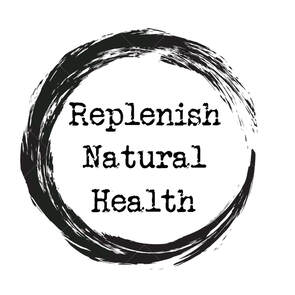
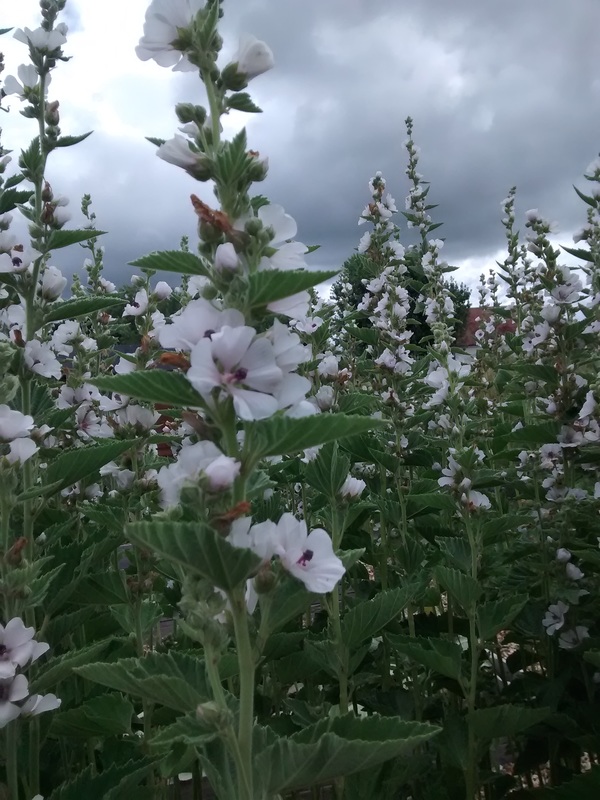
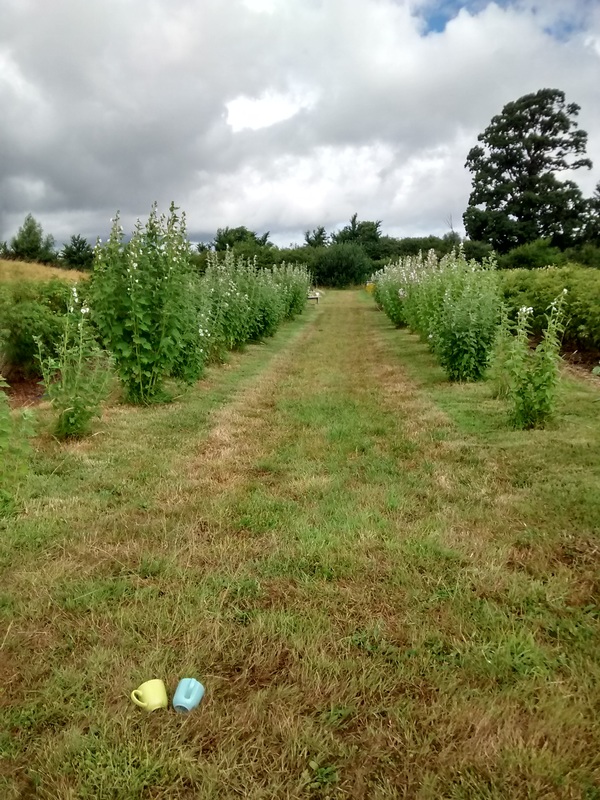
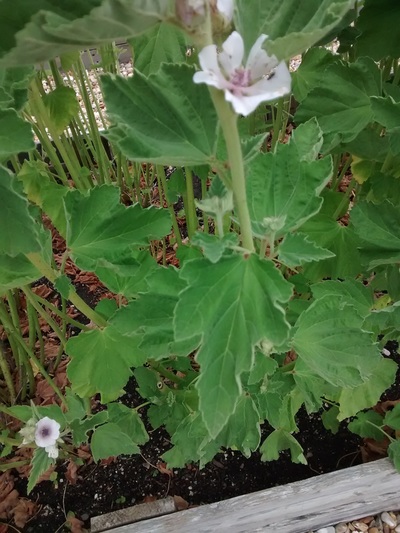
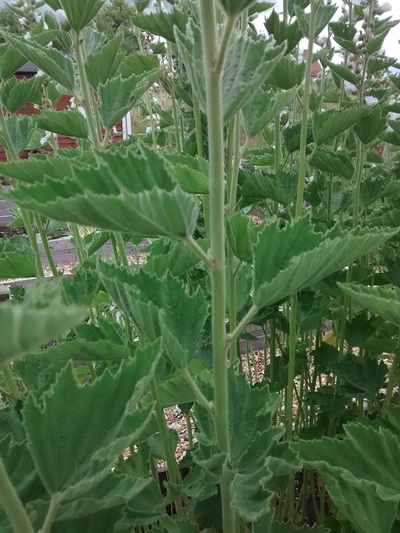
 RSS Feed
RSS Feed
